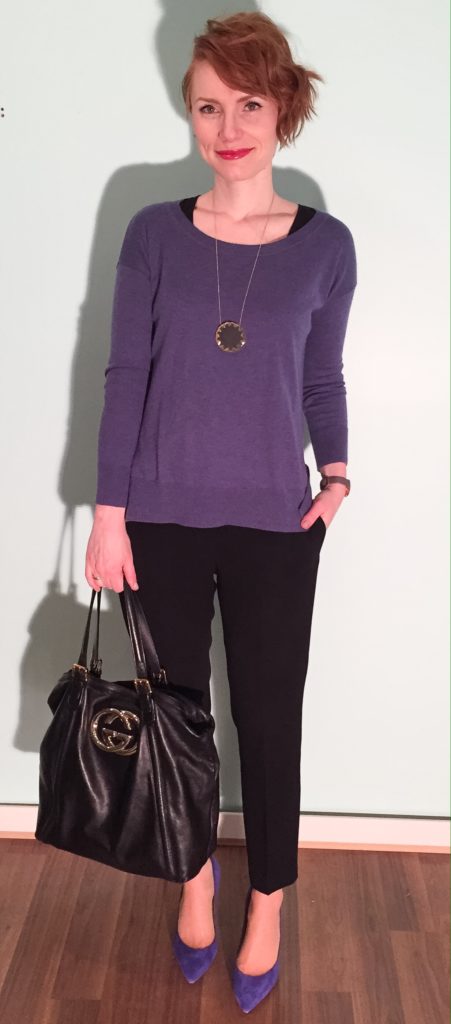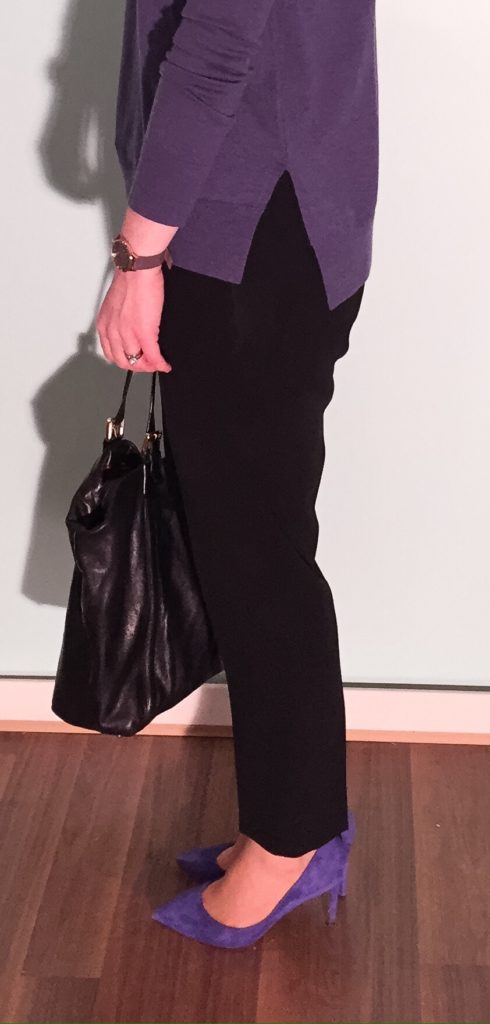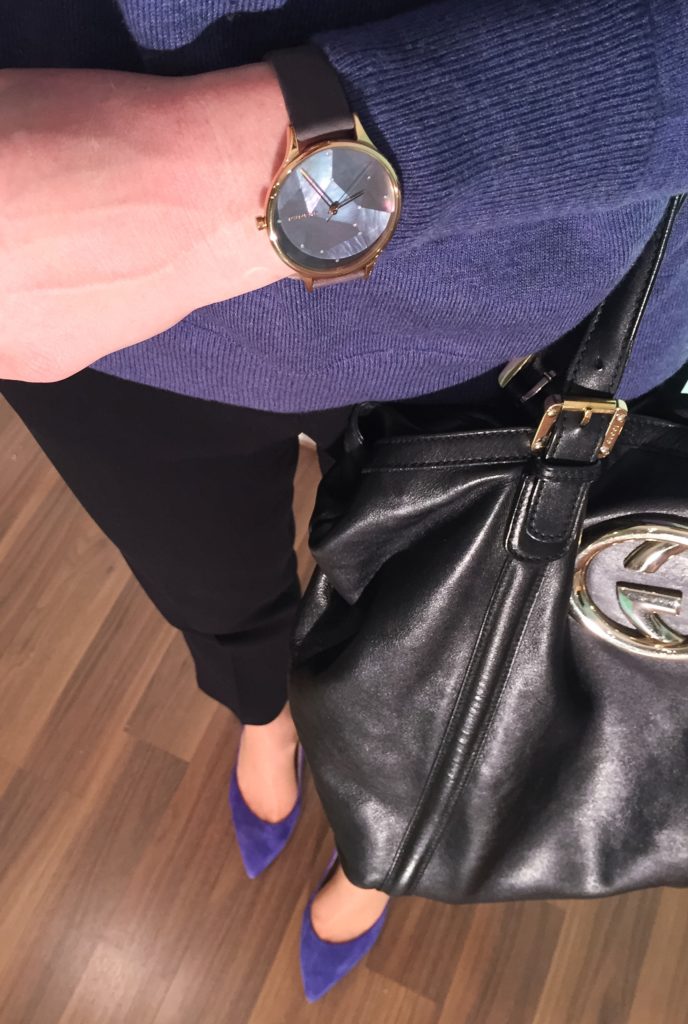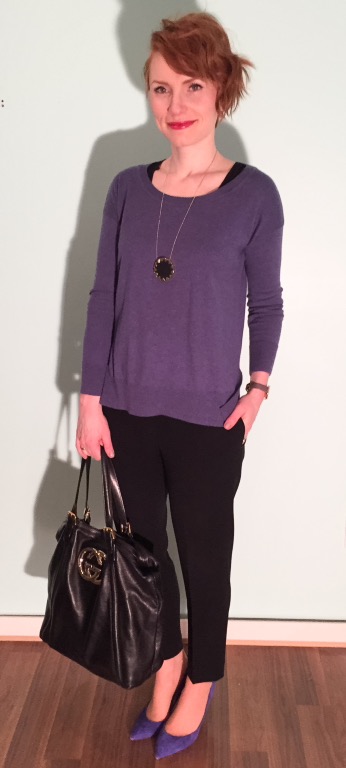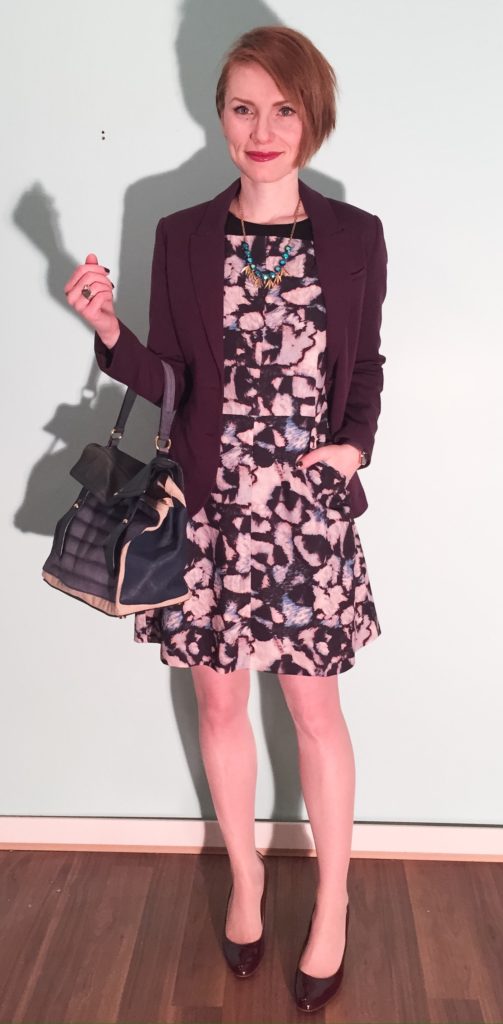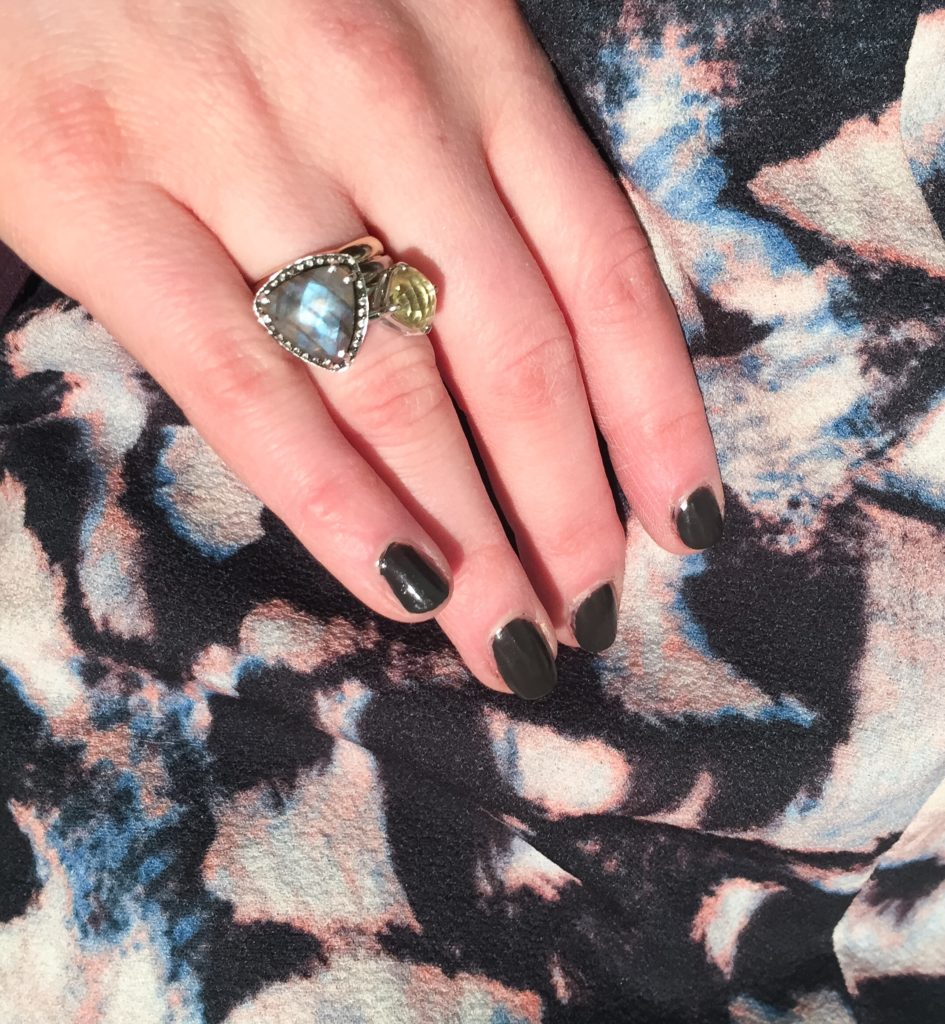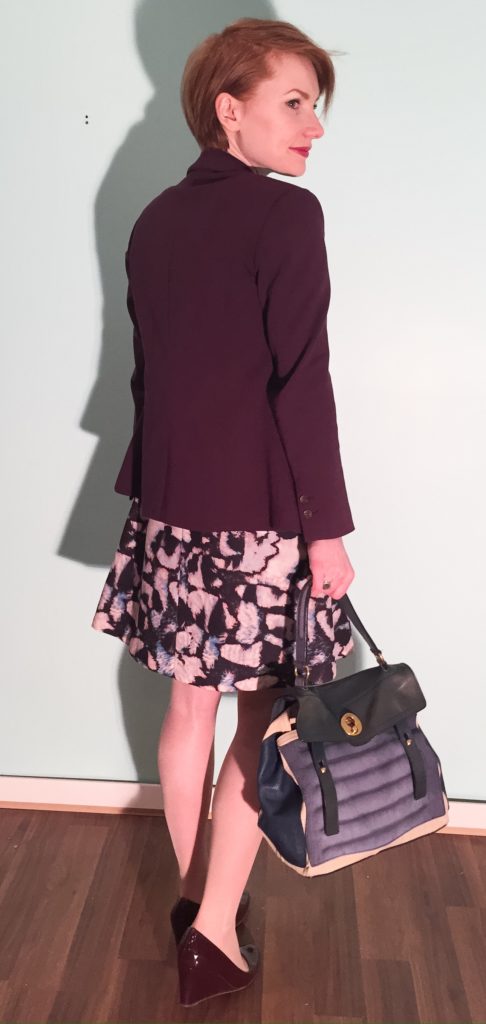A while back, a reader asked me for some recommendations for historical fiction, and in the process of answering her query, I remembered that one of my favourite series growing up — Maurice Druon’s The Accursed Kings novels — had recently been re-released in a new English edition. Since I have only ever read them in a non-English translation (from the original French), I decided to splurge and get the whole 7 volume series … and then proceeded to binge-read my way through them. By way of brief background, the series focuses on Phillip IV (“The Fair”), one of the last Capetian kings of France, his (ill-omened) descendants on both sides of the Channel (who kicked off the Hundred Year War between France and England), and a large cast of supporting characters including Mahaut and Robert of Artois, the novels’ most compelling if least redeemable figures. The latter two were, incidentally, embroiled in one of the most famous and lengthy legal disputes of the 14th century, which plays a not unimportant part in the novels’ plot.
The books are filled with drama — adultery! poisonings! trials! political machinations! — and are a fun, fast-paced read. Keep in mind that they were written in the 1950s, and reflect the mores of the author’s times (particularly in regard to characterizations of women). At the same time, Druon has been consistently praised for his historical accuracy (although these books are most definitely historical fiction). He includes extensive notes at the end of each book, which provide additional details about the background to all of the events and characters described. I would love to see a BBC adaptation of the series … if only because I always welcome the opportunity to ogle good-looking Brits on my screen.
Speaking of which, episodes 2 and 3 of Victoria did not disappoint. Is anyone else watching this on PBS? What do we think of Albert? I am a Rufus Sewell/Lord M fangirl forever, but I must admit that I warmed up to the “clockwork prince” more than I thought I would and I feel a pressing need to discuss my complicated feelings with someone. Anyone. Bueller? At times like these, I really miss Television Without Pity, sigh. [Also? I just started watching The Young Pope and I think you should too. And then we should chat.]
OK, on to some of the lighter reading I did online in the last week. The Fashion Law continues to be my go-to for thought-provoking fashion industry-related articles. This one definitely leans to the more serious side, and considers the impact of re-shoring clothes production on the democratization of fashion. The human and environmental impact of fast fashion has been discussed a lot in recent years, but this is the flip side of that discussion; with the growth of that side of the industry, access to fashion (and in particular, trends) is no longer reserved to the middle and upper classes only. Nobody likes to think of children and women being abused in the name of inexpensive clothes … but people also like their $20 jeans and $30 dresses.
This Reddit thread discusses the increasingly popular (trendy?) idea that “the most successful people wear the same thing every day” — what does that mean for people who love fashion and variety? The discussion touches on some really interesting concepts, including the impact of gender (fashion is still considered a “frivolous” female hobby). In past posts, I have talked about the difference that routinizing my life has made in terms of my efficiency/productivity, so I can see the merit in the idea of simplifying. However, I would suggest there is an alternative available to people who (like me) want increased efficiency without sacrificing personal style. I didn’t give up my varied closet; I just started to plan my outfits ahead of time, and made that planning itself an item on my (weekend) “to do” list. With that said, that does not address the discussion around the impact of gender stereotypes, which to me is equal parts fascinating (from an abstract, sociological perspective) and frustrating (from a real world perspective).
I’ve been mulling the idea of adopting a form of the 5 Piece (French) wardrobe, and I found this article helpful in better understanding what a “basic” piece means in the context of that system. My closet has consisted of at least 50% statement pieces in recent years, but I am slowly moving towards a more basics-heavy wardrobe. My current approach is to develop that as a “core” of my closet, with a smaller (constantly rotating) capsule of statement pieces. I don’t have anything more concrete to write yet, because I want to think this project through as a whole (life)style change as opposed to a gimmicky thing, but I think the idea might have legs. We’ll see.
Lastly, just a few words on something that may or may not be on your mind, but has been on mine a bit lately: the issue of what you can expect to see (and not to see) addressed in my posts here. This is not a political blog, nor a platform for me to discuss my views on social issues. Even assuming that there was an appetite on your part to read my thoughts on such matters, I am not sure I would be prepared to engage it. That is not to say that I do not have opinions (and strong ones, at that). In the current political climate, particularly south of the border, it would be impossible not to. I do not want my decision to keep the discourse on this blog to its usual, apolitical topics to be misconstrued as indifference to the very significant events that are unfolding here and abroad. My intent is for this blog to remain what it has always been; a fun distraction from the real world’s very real problems. I hope you guys are cool with that.
